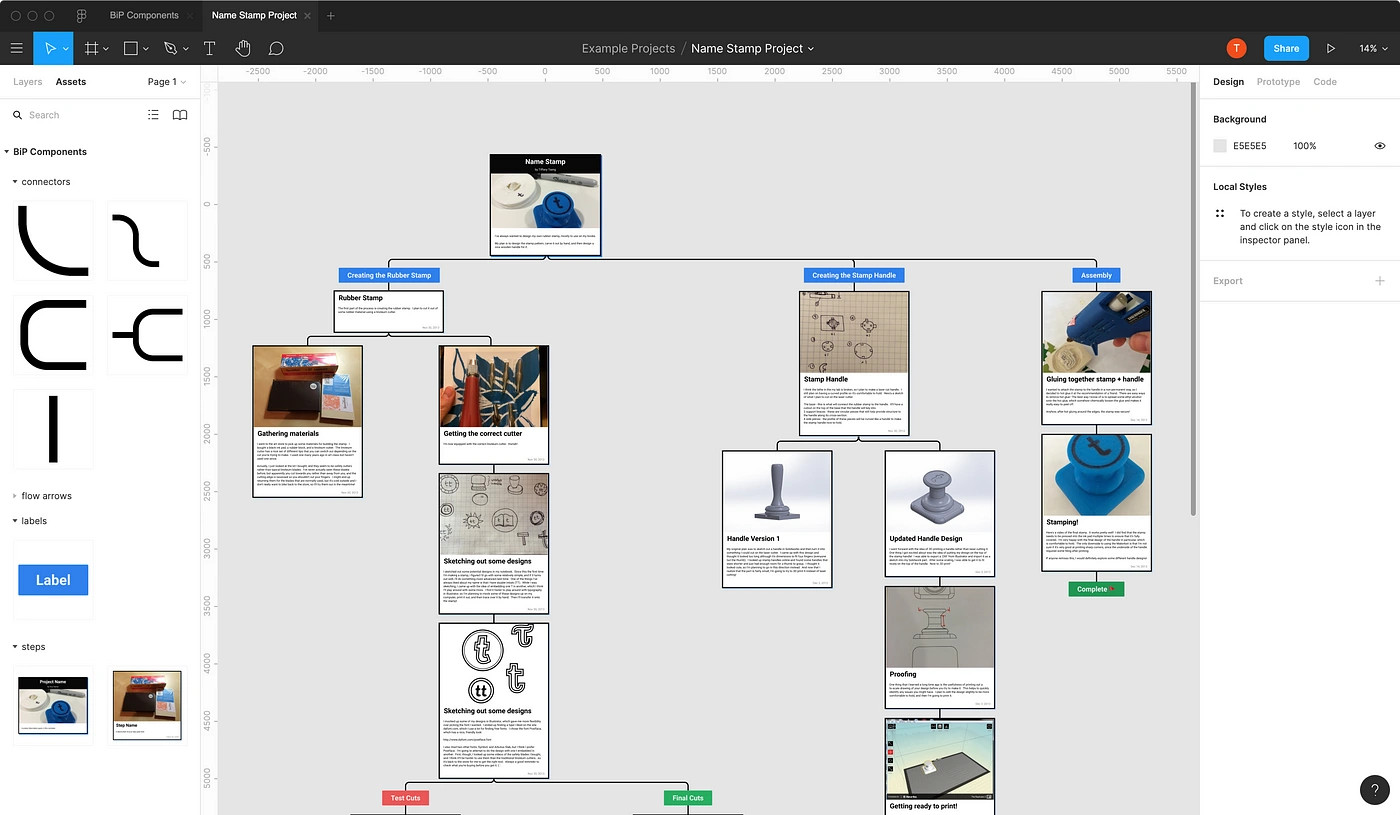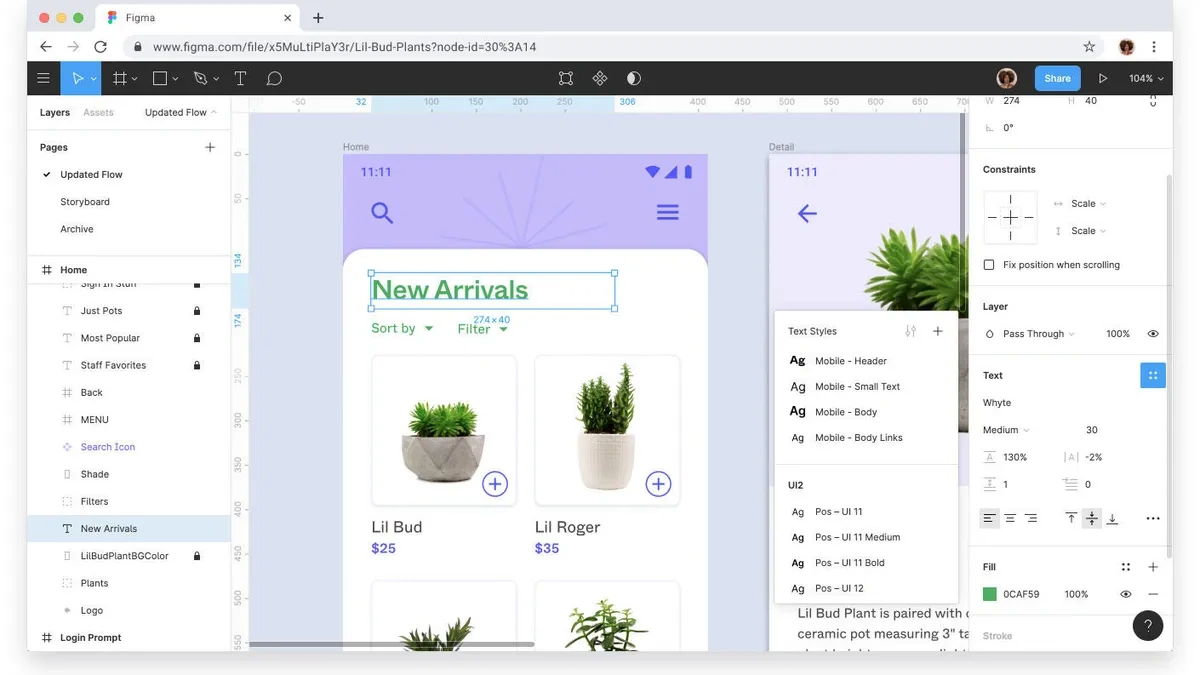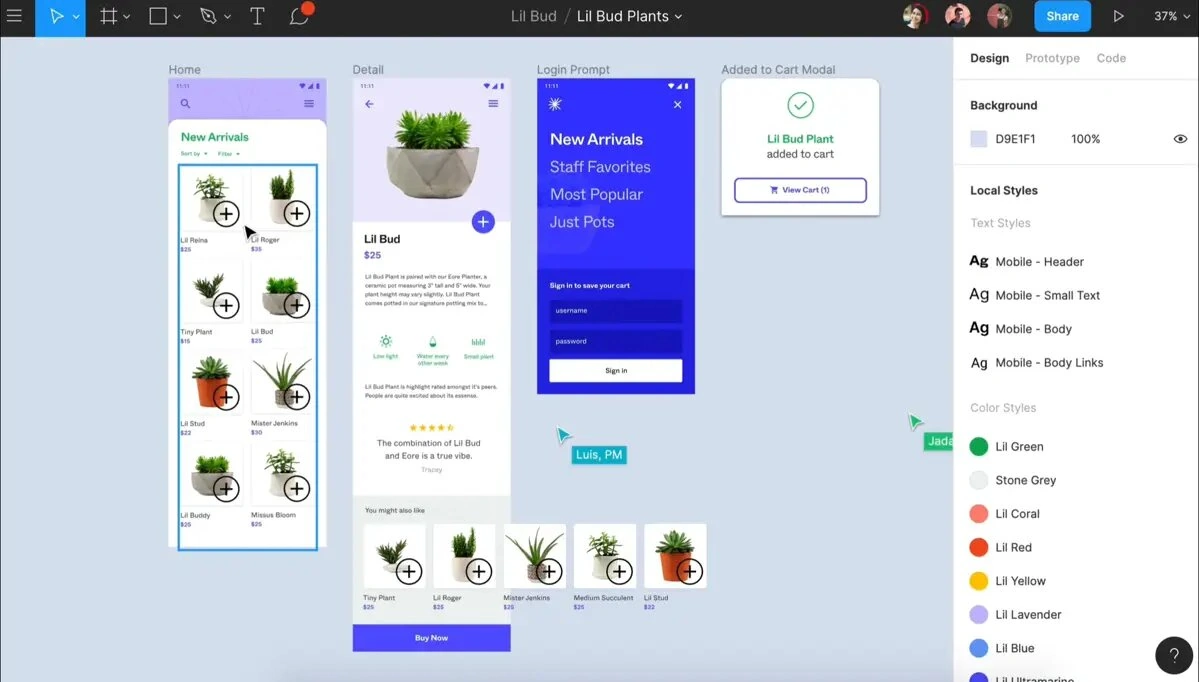The Growth of Figma in Tech Companies
Figma’s influence in the tech world is undeniable. Here, we explore its impact on various tech giants and startups.
Notion’s Resurgence with Figma
- Notion, facing a dire situation in 2015, turned to Figma to overhaul its UX and UI. This pivotal move led to the release of Notion 1.0 in 2018, marking a significant turnaround in the company’s fortunes.
Dribbble’s Remote Work Revolution
- Dribbble leveraged Figma to enhance remote collaboration, uniting its global team on design projects. Figma’s real-time capabilities were key in streamlining Dribbble’s workflows.
Bulb’s Unified Design System
- Green energy supplier Bulb adopted Figma to develop a unified design system. This move improved product consistency and accelerated design sprints, contributing to the company’s growth.



Figma’s Versatility Across Various Fields
Figma is not just for tech giants. Its applications extend across various sectors and design needs.
UI Design Excellence
- Figma’s tools cater to both simple and intricate UI designs, offering a rich set of customizing options. Its vector-based canvas ensures crisp, clear designs at any resolution.
Revolutionizing UX Design
- For UX design, Figma stands out with its built-in prototyping features, enabling designers to create interactive user flows and refine designs based on user feedback.
Efficient Wireframing & Prototyping
- Figma’s extensive library of UI elements and reusable components makes wireframing and prototyping quick and efficient, transforming the design process.
Figma and Collaboration: A New Era of Design
Figma’s collaboration features are a game-changer in the design world, fostering teamwork and efficiency.
Collaboration Made Easy
- Figma allows multiple users to work in the same file in real-time, streamlining the design process and ensuring alignment among team members. This feature is especially crucial in today’s remote work environment, enabling seamless collaboration regardless of location.
Advanced Uses of Figma
Figma’s capabilities go beyond basic design tasks, catering to a wide range of creative needs.
Illustration and Icon Design
- Figma’s vector tools are ideal for crafting custom illustrations and icons. While it may not have the advanced features of specialized tools, Figma offers a solid foundation for simple to moderately complex designs.
Graphic Design and Layout
- Figma excels in creating various graphics and layouts, from social media posts to presentations. Its features like grids, rulers, and auto-layout ensure precise, responsive designs for different formats.
UI Animation and Microinteractions
- Figma’s Smart Animate feature allows designers to create simple UI animations, enhancing user interfaces with engaging elements like hover effects and transitions.
Figma in User Testing and Research
Figma’s prototyping tools are instrumental in user testing, providing valuable insights into user experience.
Simulating User Experience
- By crafting interactive prototypes, designers can simulate real user experiences, identifying usability issues and areas for improvement. These prototypes can be easily shared with testers, enabling direct interaction and feedback.
Figma FAQs
Addressing common queries about Figma to help users maximize its potential.
- How does Figma facilitate team collaboration?
- Figma enables real-time collaboration, allowing multiple users to work on the same file simultaneously. Its commenting feature streamlines feedback and review processes.
- Can Figma be used for high-fidelity prototyping?
- Yes, Figma supports high-fidelity prototyping with its extensive library of UI elements and interactive features.
- Is Figma suitable for graphic design and layout tasks?
- Absolutely. Figma offers robust tools for creating visually appealing graphics and layouts for various formats.
- How does Figma aid in user testing?
- Figma’s interactive prototypes allow for effective user testing, helping designers gather insights and refine their designs based on user feedback.
Conclusion: The Future of Figma
Figma’s role in the evolving landscape of design is significant. As it continues to add new features and capabilities, Figma is set to remain a key player in the design world.
Figma’s journey is far from over. Its continuous evolution promises even more innovative features and applications in the future.
